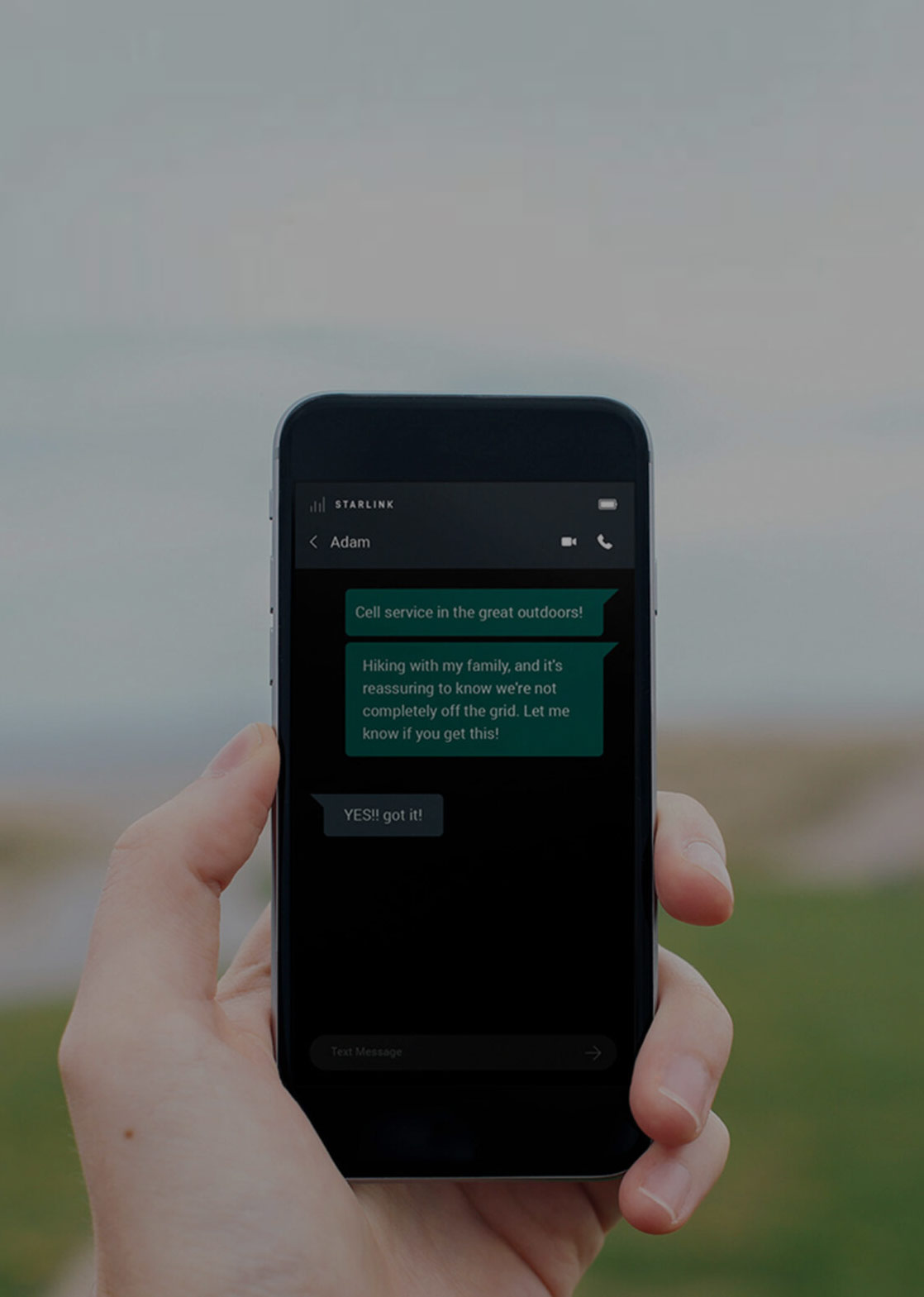
STARLINK DIRECT TO CELL
With 650+ satellites in low Earth orbit, the world's largest and only Direct to Cell constellation delivers data, voice, video and messaging to mobile dead zones across five continents.
Whether it’s powering apps to deliver voice and video or simply text messaging, Direct to Cell satellites deliver continuous service that provides peace of mind when its needed most.
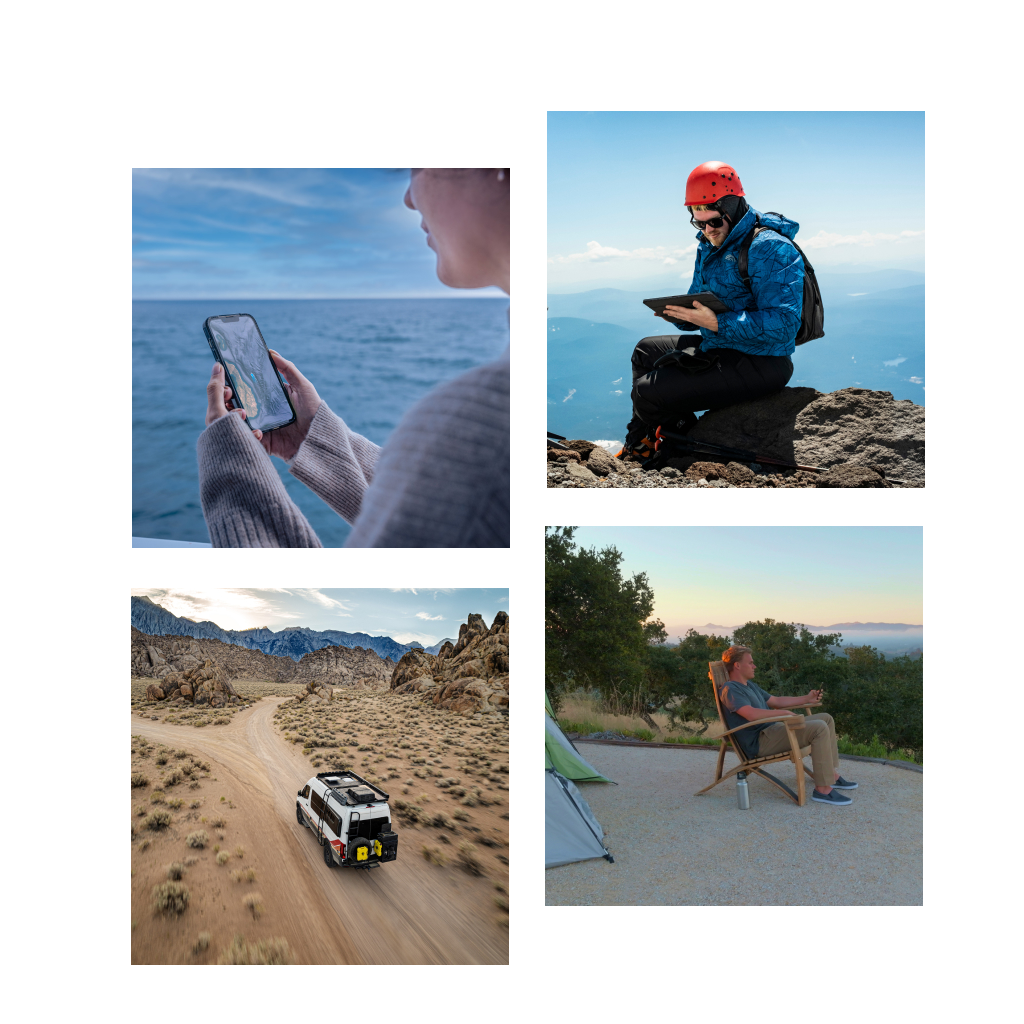
AVAILABLE ON FIVE CONTINENTS
Direct to Cell works with every LTE phone wherever you can see the sky. Enabling off-the-grid connectivity on land, lakes or coastal waters. No changes to existing hardware, firmware, or special apps required. Starlink Direct to Cell satellites power life-saving connectivity when people need it most. • In New Zealand, a woman who came upon a car crash that happened in a cellular dead zone was able to text her partner the location of the accident through a Starlink Direct to Cell connection, and first responders were on the scene within minutes of the text being sent. • Following hurricanes, severe flooding and wildfires in the United States, more than 1.5 million people were able to send and receive millions of SMS messages and hundreds of hundreds of Wireless Emergency Alerts that otherwise would not have been received were successfully delivered.
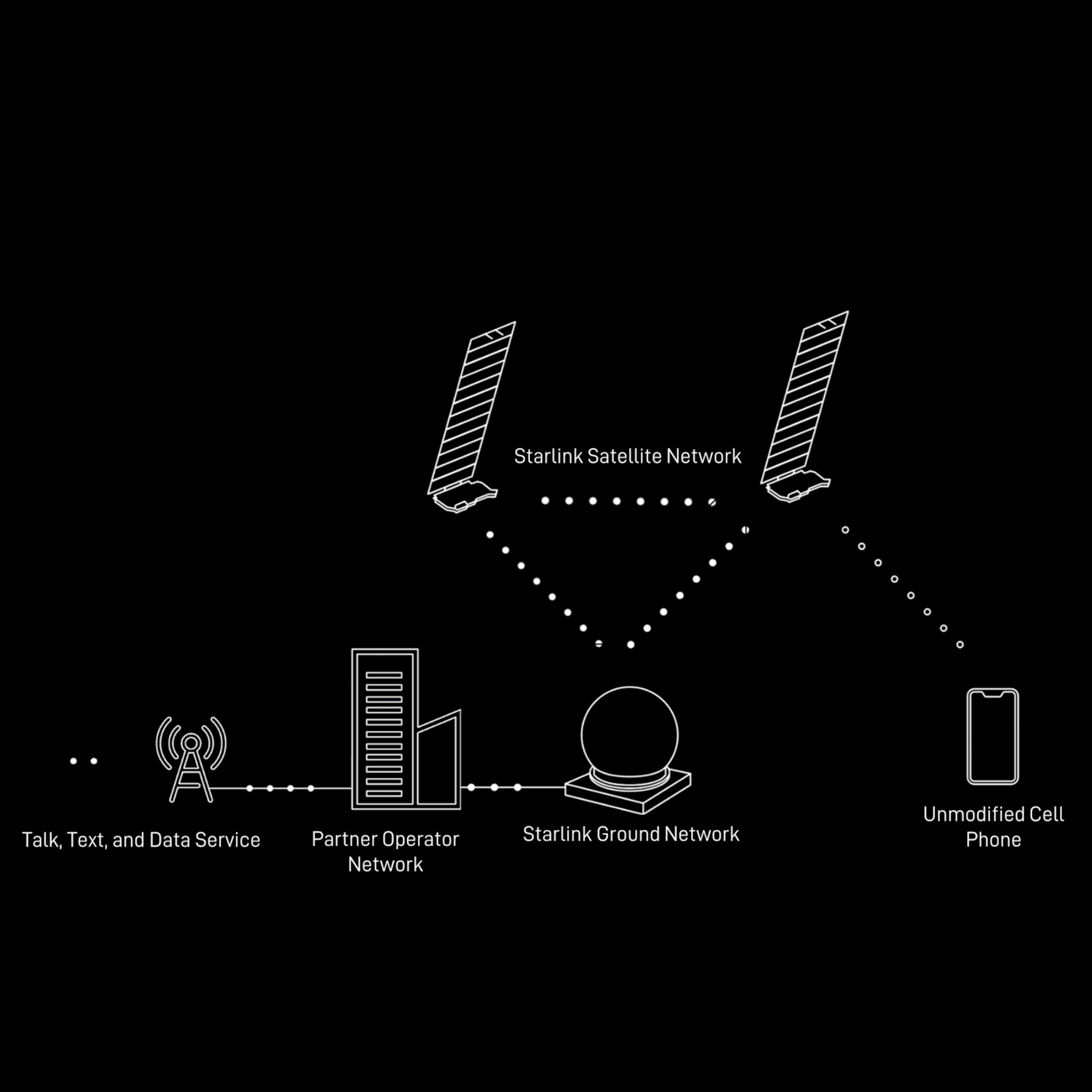
A CELLPHONE TOWER IN SPACE
Starlink satellites with Direct to Cell capability have an eNodeB modem onboard that acts like a cellphone tower in space, along with the most advanced phased array antennas in the world that connect seamlessly over lasers to any point in the globe, allowing network integration similar to a standard roaming partner.

ELIMINATE DEAD ZONES
More than 50 percent of the world’s land mass remains uncovered by terrestrial services. As Starlink advances to its next-generation Direct to Cell constellation, it’s committed to working with mobile network operators globally to deliver continuous coverage to as many customers as possible, providing peace of mind when customers need it most.
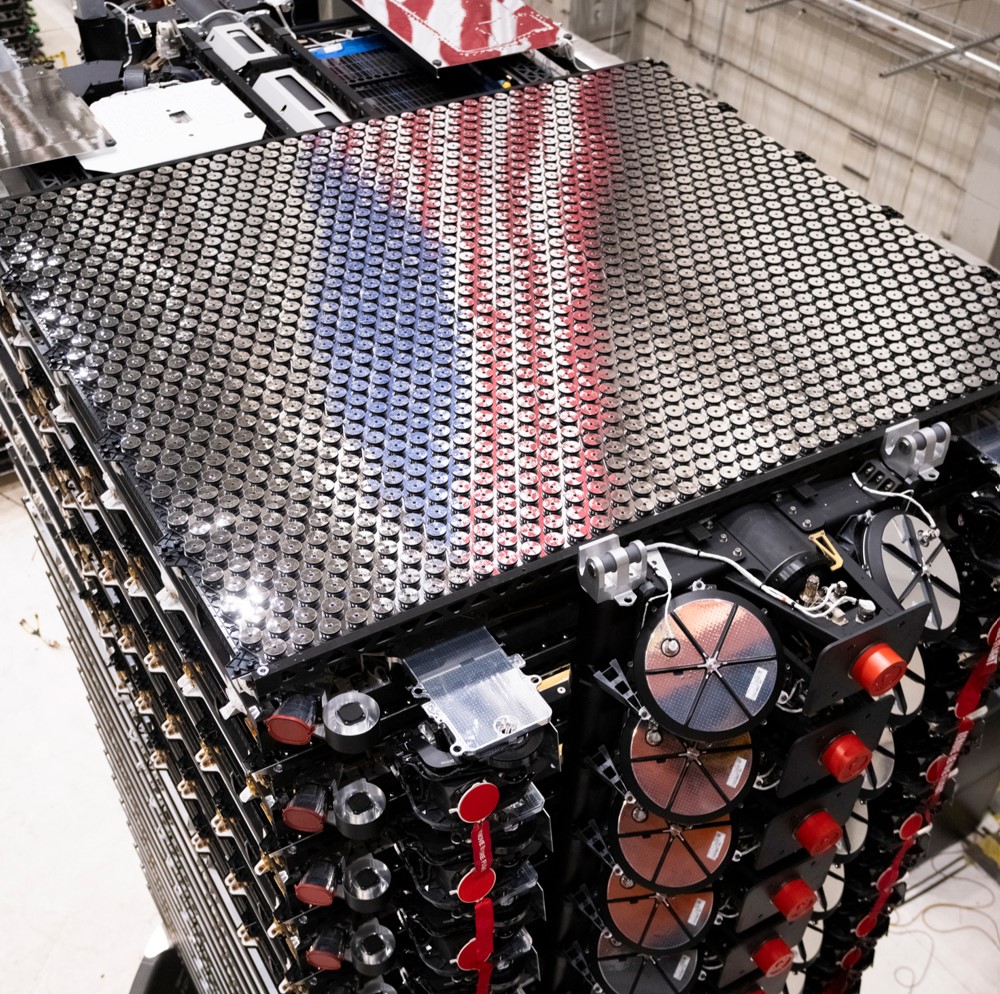
ENGINEERED BY SPACEX
SpaceX is leveraging its experience in manufacturing and launching the world’s most advanced rockets and spacecraft to deploy Starlink satellites with the Direct to Cell capability at scale. Direct to Cell satellites were initially launched by SpaceX’s Falcon 9 rocket, and the next-generation satellites will be deployed by Starship. On orbit the satellites will immediately connect over laser backhaul to the Starlink constellation to provide global connectivity.
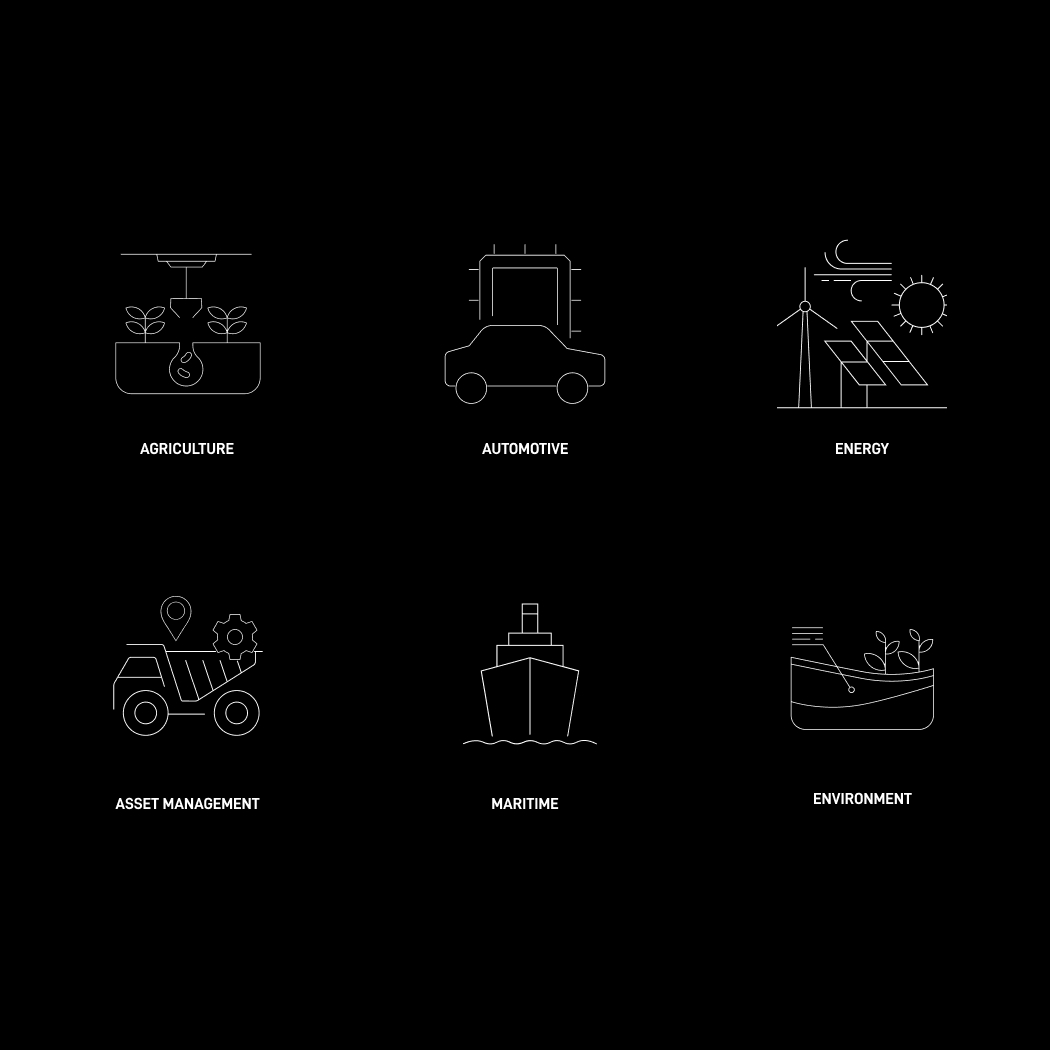
Empowering Mobile and IoT Connectivity
In addition to expanding mobile coverage, Direct to Cell will enable ubiquitous Internet of Things (IoT) connectivity outside of terrestrial coverage, connecting millions of devices across critical global industries. • No specialized or additional hardware required • Compatible with off-the-shelf CAT-1, CAT-1 Bis, and CAT-4 modems* • Plans available via our global partners in approved countries starting in 2025 *3GPP compliant release 10 or newer, modem must support existing bands of operation in intended service countries

GLOBAL PARTNERS ACROSS FIVE CONTINENTS
Cellular providers using Direct to Cell have access to reciprocal global access in all partner nations.
T-MOBILE (USA) >
OPTUS (AUSTRALIA) >
TELSTRA (AUSTRALIA) >
ROGERS (CANADA) >
ONE NZ (NEW ZEALAND) >
KDDI (JAPAN) >
SALT (SWITZERLAND) >
ENTEL (CHILE) >
ENTEL (PERU) >
KYIVSTAR (UKRAINE) >
...As well as several more unannounced partnerships coming soon.